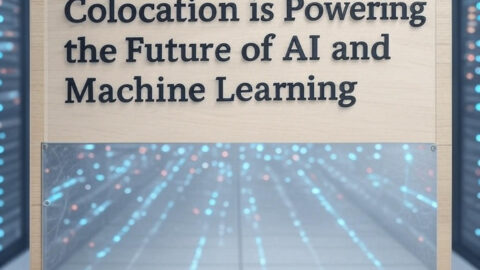In the present age and future era ERP system is the backbone of all businesses of the world to assist them in running a full-fledged business having automation in all processes like finance, human resources, manufacturing, supply chain, services and procurement etc.
The emergence of this system in the business world has reduced human interaction with the industry and promoted the automation processes. In a nutshell, all business activities have elevated across the globe with ERP systems. It establishes a unified system that links diverse departments and functions within the organization to improve efficiency and to generate data-driven decision and also can made through the linksnp .
Basic Components of ERP System
1. Accounts and Finance
Keep an updated record of all financial transactions and generate automated and customized reports. The reports assist the business organizations to manage accounts payable and receivables, payroll and budgeting
2. Supply Chain Management
This component manages all details of resources, services and goods from raw material to finished product. Further, it also creates milestones for inventory management, demand forecasting and logistics
3. Human Resource
In this component, details of new employees from selection process to deployment are managed. Moreover, training programs, payroll and benefits records are maintained. Further, the human capital management suite is integrated with the system for more robust and optimized performance of HR.
4. Manufacturing
In ERP system this component plays a vital role to monitor, supervise and schedule all processes with automation and ensure that manufacturing is in line with the demand.
5. Sales and Marketing
All activities pertaining to customer relation management, sales orders, delivery of products and marketing campaigns.
6. Customer Services
Handles and organizes interaction with customers, managing lists of customer’s complaints and prompt service provision.
In every ERP System database is a mandatory part of the system. A database comprises a set of tables that are linked together with key fields. For SAP ERP, the two database tables with their functionality are taken as example
SAP BOM Tables stores the list of materials, assemblies, and components needed to manufacture a product.
SAP IDOC Tables are used in SAP ERP database to hold control records, data records and status records.
Advantages of ERP System
No one can deny the benefits of ERP System. With a careful study, the followings are the advantages of the mentioned advance system
1. The system enhances productivity by integration with many systems. It leads the business organizations towards automation to benefit every member of the organization to deliver more with fewer resources.
2. It has a prompt business and financial report generation system to share the results and to improve the real time performance.
3. In ERP System data is stored at a centralized location with a high level of security. Further, real time updates ensure the data accuracy across the business organization for running of all business activities smoothly.
4. Access to real time data assists the business managers for quick decision making to promote the business in the market.
5. ERP system established collaboration within the departments of organizations by dishing up a common environment for communication and information sharing.
6. The system assists the organization with tools having the ability of tracking and documentation to meet the regulatory and reporting requirements.
7. Developing a streamline processing and ensuring improved services, ERP System provides better customers’ experience and satisfaction.
In the present era and in future industries like Utilities, Wholesalers, Manufacturers, Service Companies and Retail are always dependent on ERP system to have real time information and for effective business processes.
The factor for deployment of ERP System is the cost of the system. The cost of the system depends on the vendor and the modules selected.









